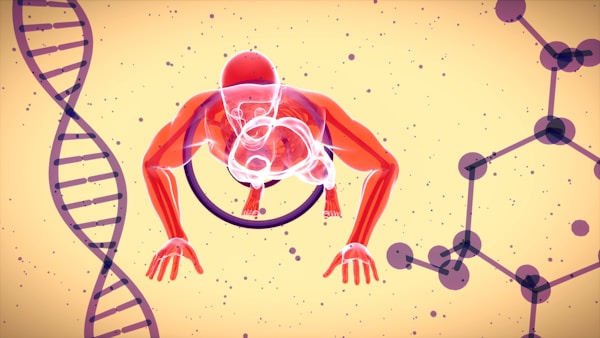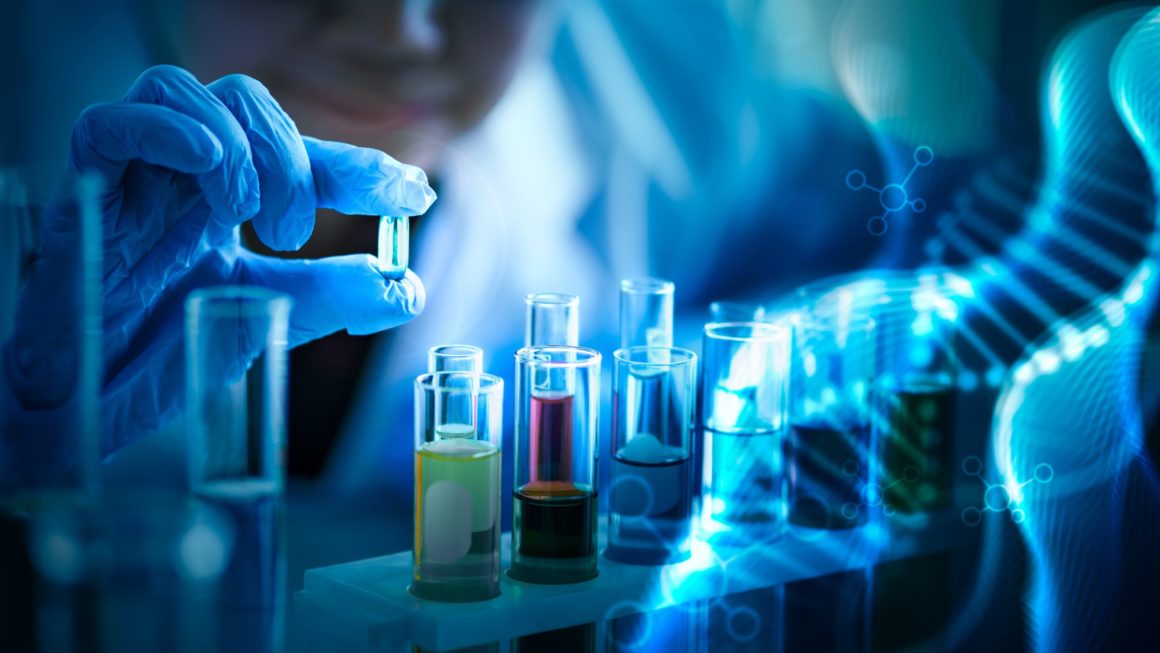NADH oxidation is a necessary process that is responsible for the production of energy in many organisms. It’s a critical component in the production of ATP, the energy molecule that powers cells. This article will explore the significance of NADH oxidation in energy production and how it contributes to the health and vitality of living organisms. Keep reading to learn more.
What is NADH oxidation?

NADH oxidation is a vital part of energy production in living cells. The oxidation of NADH is the process by which a cell captures energy from the breakdown of glucose, fatty acids, and other molecules. This energy is then used by the cell for a variety of tasks, such as movement, growth, and repair. The cell can store energy in ATP or adenosine triphosphate by oxidizing NADH.
The process of NADH oxidation begins with the breakdown of molecules in the cell. During this process, electrons are released and transferred to NADH molecules. These molecules then transfer the electrons to other molecules, such as NAD+ and FAD, which serve as electron acceptors. This process is known as the electron transport chain (ETC).
The electron transport chain is an integral part of energy production. It’s responsible for transporting electrons from the cell’s mitochondria to the cytoplasm. In the cytoplasm, the electrons are used to produce ATP, which is the cell’s energy currency. Without ATP, the cell would be unable to perform its essential metabolic tasks.
During NADH oxidation, electrons are removed from NADH and transferred to the electron transport chain to produce a proton gradient across the inner mitochondrial membrane. This proton gradient is then used to power the ATP synthase enzyme, which uses the energy to synthesize ATP from adenosine diphosphate (ADP).
In addition to powering the synthesis of ATP, NADH oxidation also helps maintain a proper balance of NADH and NAD+ inside the cell. NADH acts as a reducing agent, while NAD+ acts as an oxidizing agent. When NADH is oxidized, electrons are removed, and NAD+ is produced. This helps to maintain a proper balance of the two molecules, ensuring that cells have enough energy for ATP production and other activities.
The oxidation of NADH is part of the oxidative phosphorylation process, which is the final stage of cellular respiration. During this process, NADH molecules are oxidized, recycled back into their original form, and are available to be used again. NADH oxidation is important for the proper functioning of cells and the generation of energy for the body. It’s also important for cells to maintain their metabolic balance and keep energy production at an optimal level.
What is the role of NAD in energy production?

Nicotinamide adenine dinucleotide (NAD) is a coenzyme found in all living cells and plays an essential role in energy production. It’s involved in various cellular processes, including glycolysis, the citric acid cycle, and oxidative phosphorylation. In these processes, NAD serves as a coenzyme, helping to catalyze the transfer of electrons from one molecule to another.
In glycolysis, NAD plays an essential role in converting glucose to pyruvate. This process is catalyzed by the enzyme glycolysis, which is responsible for the breakdown of glucose into two molecules of pyruvate. During this reaction, NAD is reduced, meaning that it gains electrons and is converted to NADH. This NADH is then used to provide energy for the cell.
In the citric acid cycle, NAD is also involved in energy production. This cycle is responsible for breaking acetyl CoA into carbon dioxide, water, and energy in the form of ATP. During this cycle, NAD is oxidized, meaning that it loses electrons and is converted to NAD+. This NAD+ is then used to help regenerate the acetyl CoA molecule and provide energy for the cell.
Exploring the significance of NADH oxidation in energy production is crucial to understanding how the body produces and utilizes energy for metabolic processes. Through further research, scientists can understand how NADH oxidation influences energy production.




